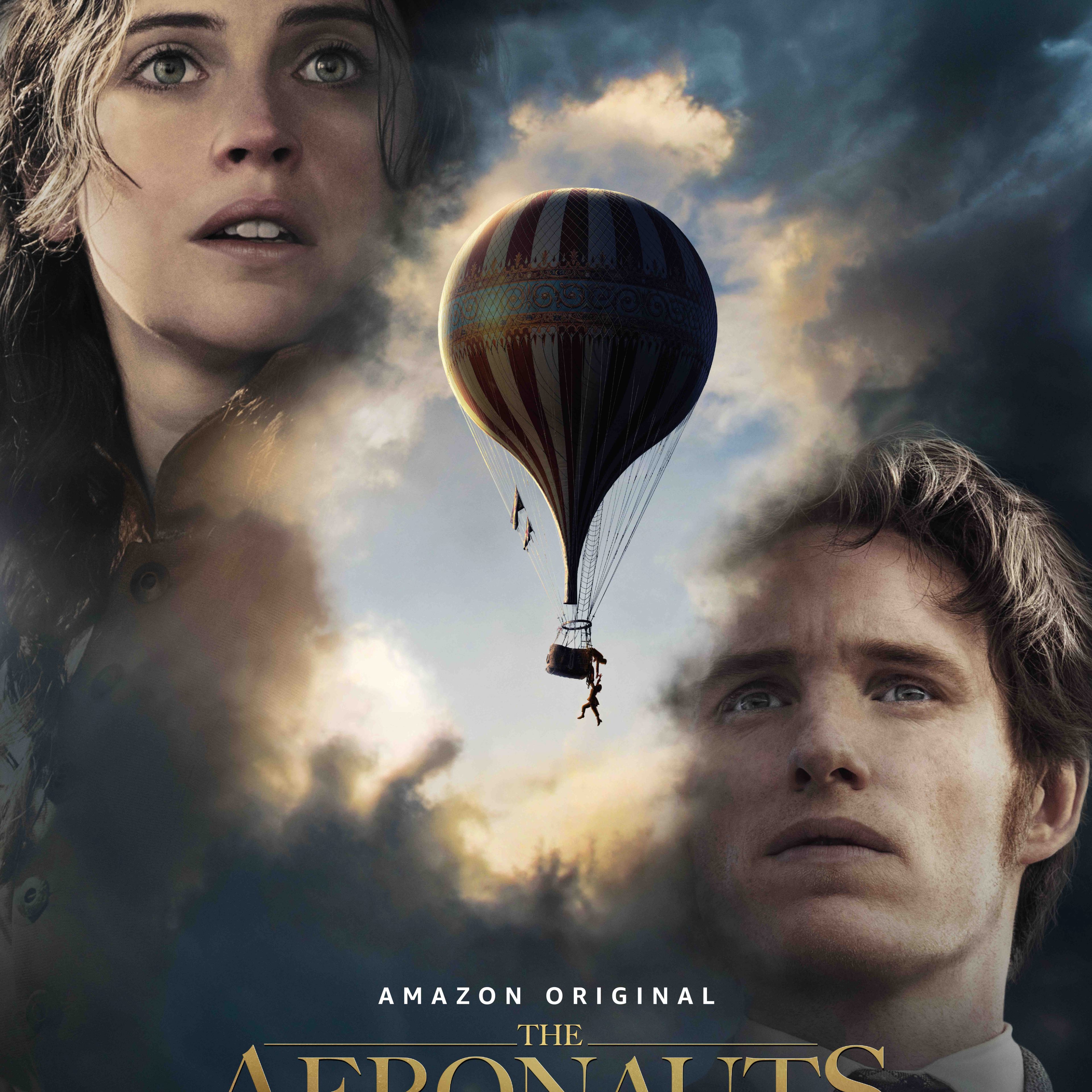Expert Advice: Mastering the Art of Experimental Flight
In the ever-evolving world of aeronautics, experimental flight stands as a frontier that continually pushes the boundaries of technology and human ingenuity. While celebrated aviators like the Wright brothers laid the groundwork for modern flight, today’s aeronauts are exploring uncharted territories with experimental aircraft. Whether it’s developing new propulsion systems or testing radical designs, mastering the art of experimental flight requires a combination of technical knowledge, creativity, and a relentless drive for innovation. This article delves into the secrets and expert advice for those yearning to soar high in this exciting field.
Unlocking the Secrets of Experimental Flight

Experimental flight is the realm where theory meets practice, and understanding its secrets begins with a solid grasp of aerodynamics and aircraft design principles. This involves mastering the fundamentals of lift, thrust, drag, and weight, as these are the forces that dictate how any aircraft, including experimental ones, behave in the air. Engineers and pilots must also be adept at using computer simulations and wind tunnel testing to predict how an experimental design will perform. These tools allow them to identify and rectify potential issues before actual flight tests, thus saving time, resources, and lives.
Another critical element in mastering experimental flight is the iterative design process, which involves constant re-evaluation and refinement of aircraft prototypes. This process is essential for innovation, allowing for progressive improvements and unexpected discoveries. Each flight test provides invaluable data that can be analyzed to enhance an aircraft’s performance, safety, and efficiency. It is through this methodical approach that groundbreaking advancements, such as stealth technology and novel wing configurations, have been realized.
Safety is paramount in experimental flight, and understanding the risks involved is crucial. Experimental aircraft often push the limits of speed, altitude, and maneuverability, which can lead to unforeseen challenges. Therefore, pilots and engineers must be prepared for a wide range of scenarios, from equipment failure to adverse weather conditions. Rigorous testing protocols, coupled with comprehensive training and emergency preparedness, are essential components that ensure the safety of both the crew and the aircraft during experimental flights.
Expert Tips for Aspiring Aeronauts

For those aspiring to become aeronauts in the field of experimental flight, gaining a robust educational background is a fundamental first step. A degree in aerospace engineering or a related field can provide the technical expertise needed to understand complex aircraft systems. Beyond formal education, gaining hands-on experience through internships or working in aeronautical labs can offer practical insights into the challenges and intricacies of experimental flight. This blend of theoretical knowledge and practical skills is what sets successful aeronauts apart.
Building a network of mentors and peers is another invaluable asset for budding aeronauts. Engaging with experienced pilots, engineers, and researchers can provide guidance, support, and opportunities to learn from industry veterans. Professional organizations, such as the Experimental Aircraft Association (EAA) or the Society of Experimental Test Pilots (SETP), offer platforms for aspiring aeronauts to connect with experts, attend workshops, and participate in forums dedicated to experimental aviation.
Finally, cultivating a mindset of curiosity and resilience is essential for mastering the art of experimental flight. The road to innovation is often fraught with setbacks and failures, requiring a tenacious spirit to persevere. Aspiring aeronauts should embrace challenges as learning opportunities and remain adaptable to change. The willingness to experiment, take calculated risks, and continuously seek knowledge will propel them towards achieving breakthroughs in this dynamic field.
Mastering the art of experimental flight is a challenging yet rewarding endeavor that combines science, creativity, and courage. For those passionate about pushing the boundaries of aviation, the journey requires a commitment to learning, a network of support, and an unwavering determination to explore the unknown. As technology advances and new frontiers emerge, the role of experimental flight will continue to be pivotal in shaping the future of aeronautics. Aspiring aeronauts who embrace this challenge stand to make significant contributions to the evolution of flight, paving the way for innovations that were once only dreamed of.



